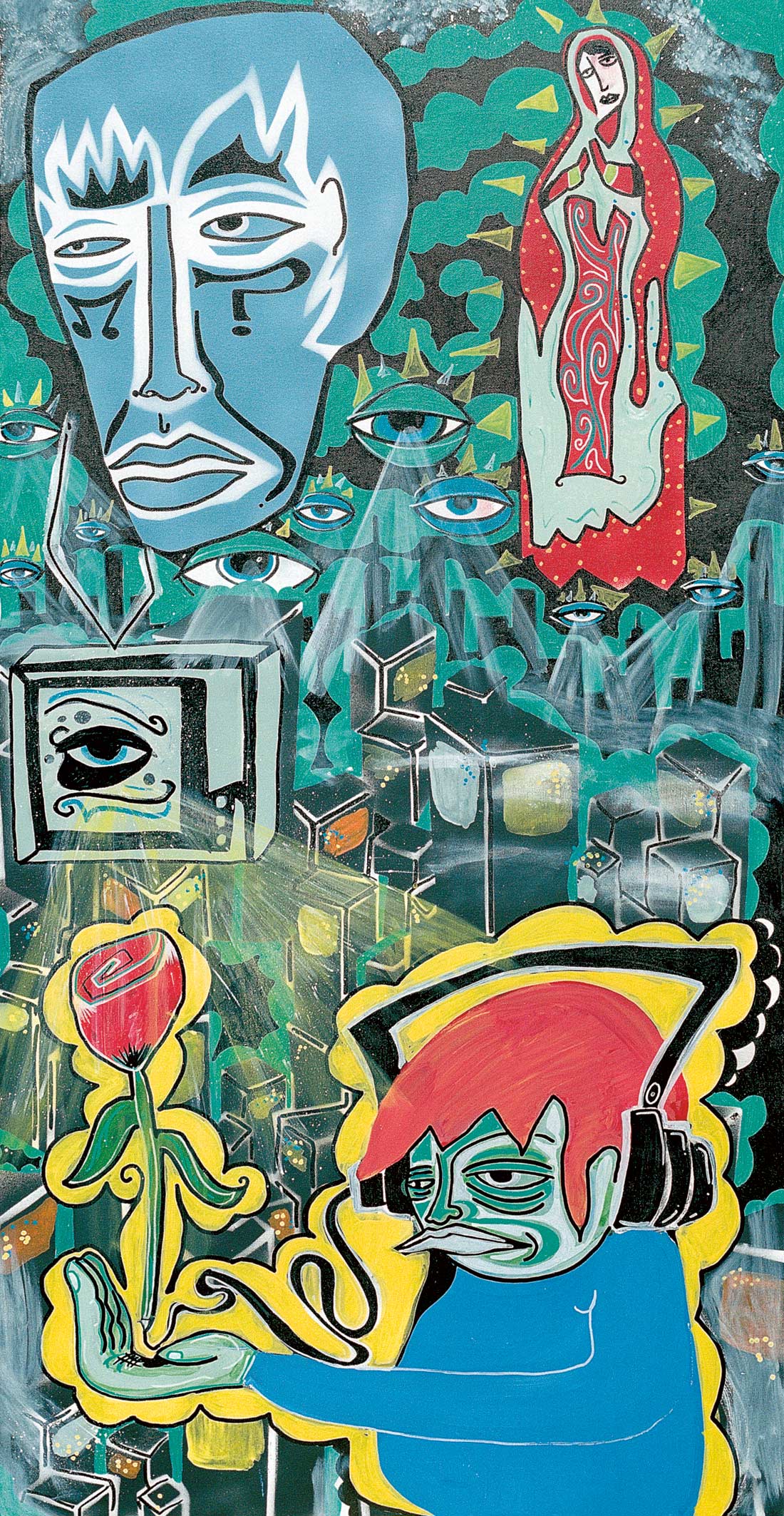Crazy as it sounds, well-financed producers, engineers, and studio owners have for years been willing to pay upwards of $30,000 for a genuine Fairchild 670 stereo compressor. These back (and bank) breaking beasts were originally used for vinyl mastering and are renowned for their smooth, musical response and thick but clean sound.
The Fairchild 670 is one of those rare items that is hard to make sound bad. Its unusual design employs 14 transformers for a start-to-finish balanced circuit-this is why it sounds so free of distortion. It also employs a total of twenty (!) assorted tubes. Because of the sheer number of transformers and tubes-not to mention convoluted wiring schemes- it's been a practical impossibility to replicate the 670's overall characteristics accurately. Each transformer-long out of production-would have to be reverse-engineered by trial and error. Any slight miscalculation in the signal chain would skew the device's performance. I remember about ten years ago being shocked at the price of the Fairchilds and, out of curiosity, asking a techie friend if he could look into the possibility of cloning a 670. "Sure. How hard could it be?" was his response. He did a little research and later called me with the grim news: "Um, you don't want to open up that can of worms..."
Well, it took quite a while, but someone was finally willing to open up that can of worms and crack the code. It makes sense that the individual in question was Anthony Demaria, well known for his high-quality LA2A-type compressors and tube direct boxes. Demaria's team spent years painstakingly replicating the Fairchild 670 component-by-component. The result is the limited-run ADL 670.
I was able to check out the ADL 670 and A/B it with a vintage Fairchild 670. I put both units through the paces, running identical material through them with matched settings. I mostly stuck with unmastered stereo mixes of rock music (a very common use for the 670). I'd be hard pressed to say there was any difference in the two. They both made the mixes sound louder and thicker without sacrificing any high or low end or distorting in any audible way. If anything, maybe, the 30-plus year old Fairchild had an occasional sandy quality to the low mids. Maybe. But I might be grasping at straws. To me, they really were the same machine.
They certainly had similar heft and girth. The compressor itself is six rackspaces in height and weighs in at 42 lbs. Yow. But wait, there's more. The remote power supply (itself using four tubes) is another three rackspaces tall and weighs 42 lbs. The whole deal takes up some real estate, but at least it looks good and sounds great.
Okay, the price. $18,500. Out of almost everyone's league, but understandable considering the ridiculous amount of research involved and the cost of fabricating numerous unique components. And considerably less than a higher-maintenance vintage Fairchild. ($18,500 MSRP; www.anthonydemarialabs.com)




_disp_horizontal_bw.jpg)